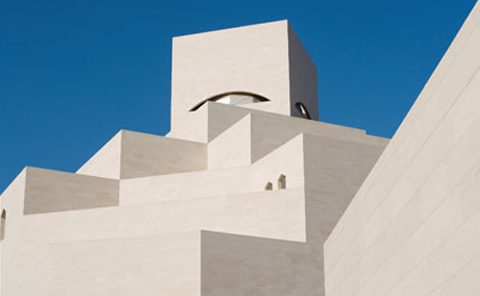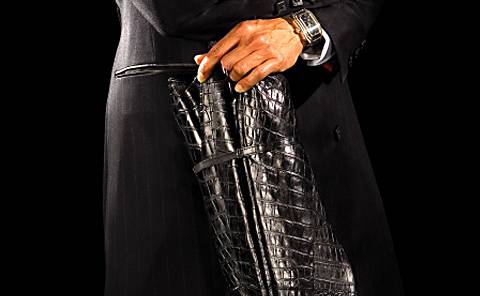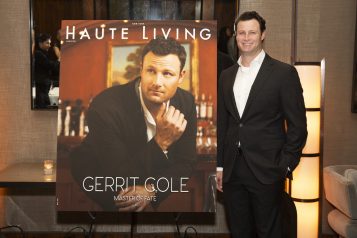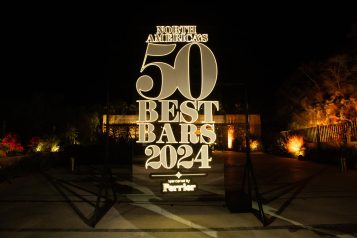By Mary Mullaj
The oil money in the Persian Gulf is turning into art. Having stashed away more than a trillion dollars, the ruling families are racing to see who can built the best museums with the coolest collections. The scale and number of projects are impressive, and will turn the string of city-states into cultural destinations. The most recent addition is Qatar’s Museum of Islamic Art, unveiled this week. Designed by I.M. Pei, the Chinese born architect best known for his glass pyramid at the Louvre, the new museum is situtated on an artificial island facing the capital of Qatar.
The simple stone-faced structure uses geometric forms to pay homage to Islamic and modern architectural traditions. It was built specifically to house the collection of the ruling al-Thani family, which gives the impression of a private treasure trove and contains such gems as a silk wall-hanging that once graced the Alhambra in Granada, Persian 16th c. miniatures, and a jade pendant worn by a Mughal emporor, Shah Jahan.
The newly-created Qatar Museums Authority is reluctant to speak on the subject of Qatar’s royalty and their art purchases, saying only ” They are very discreet about money and the direction of investment, but they are looking for world-class pieces.” These works include an abstract Mark Rothko, sold by David Rockefeller last year for $72.8m, and it is likely that the museum may only be the first of several projects. Eventually the shoreline will read like a who’s who of modern architecture. Giant cultural institutions by Frank Gehry, Jean Nouvel, Zaha Hadid, and Tadao Ando will punctuate the landscape. And when the richest families compete to bring world-class art to one place, everyone benefits.





















